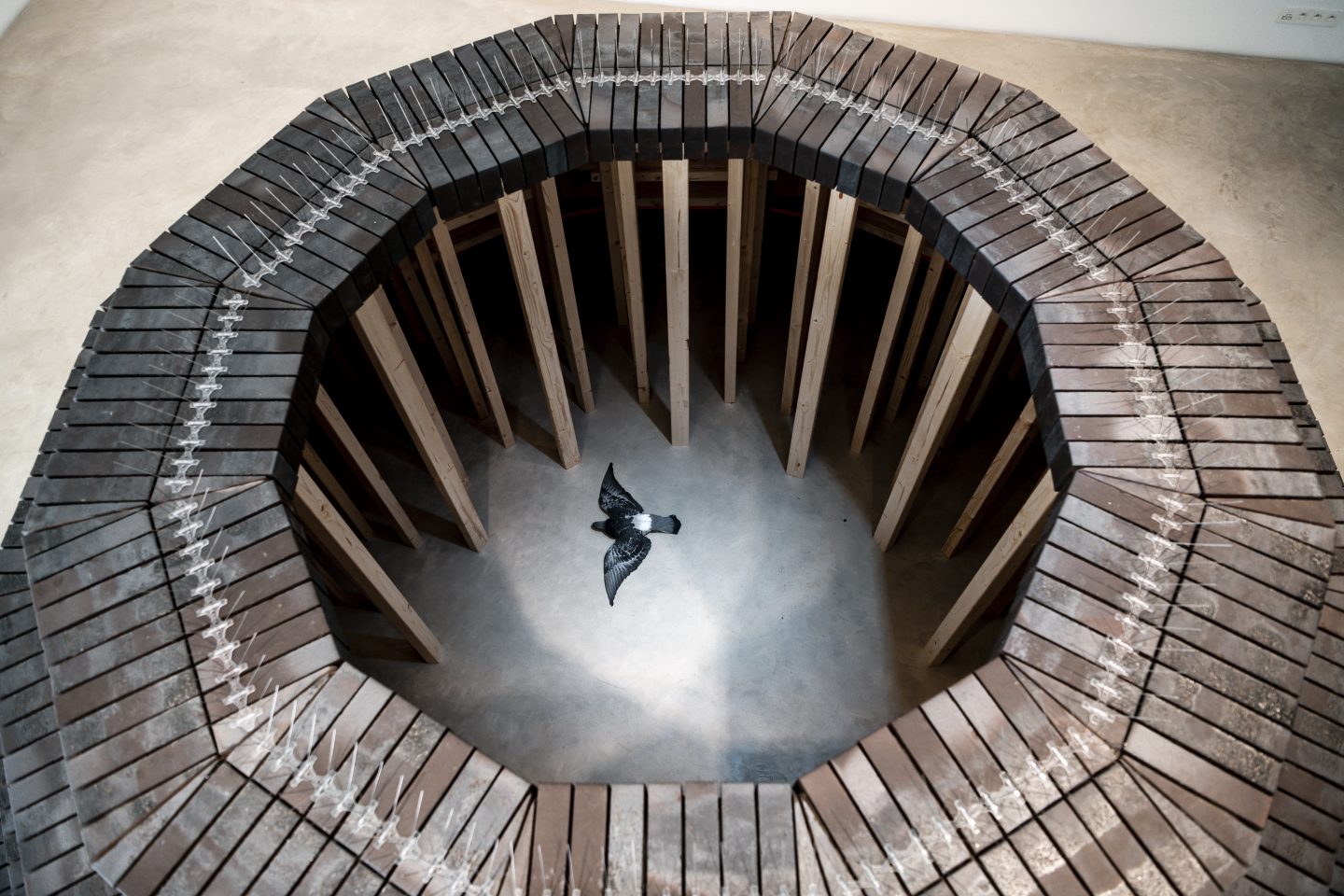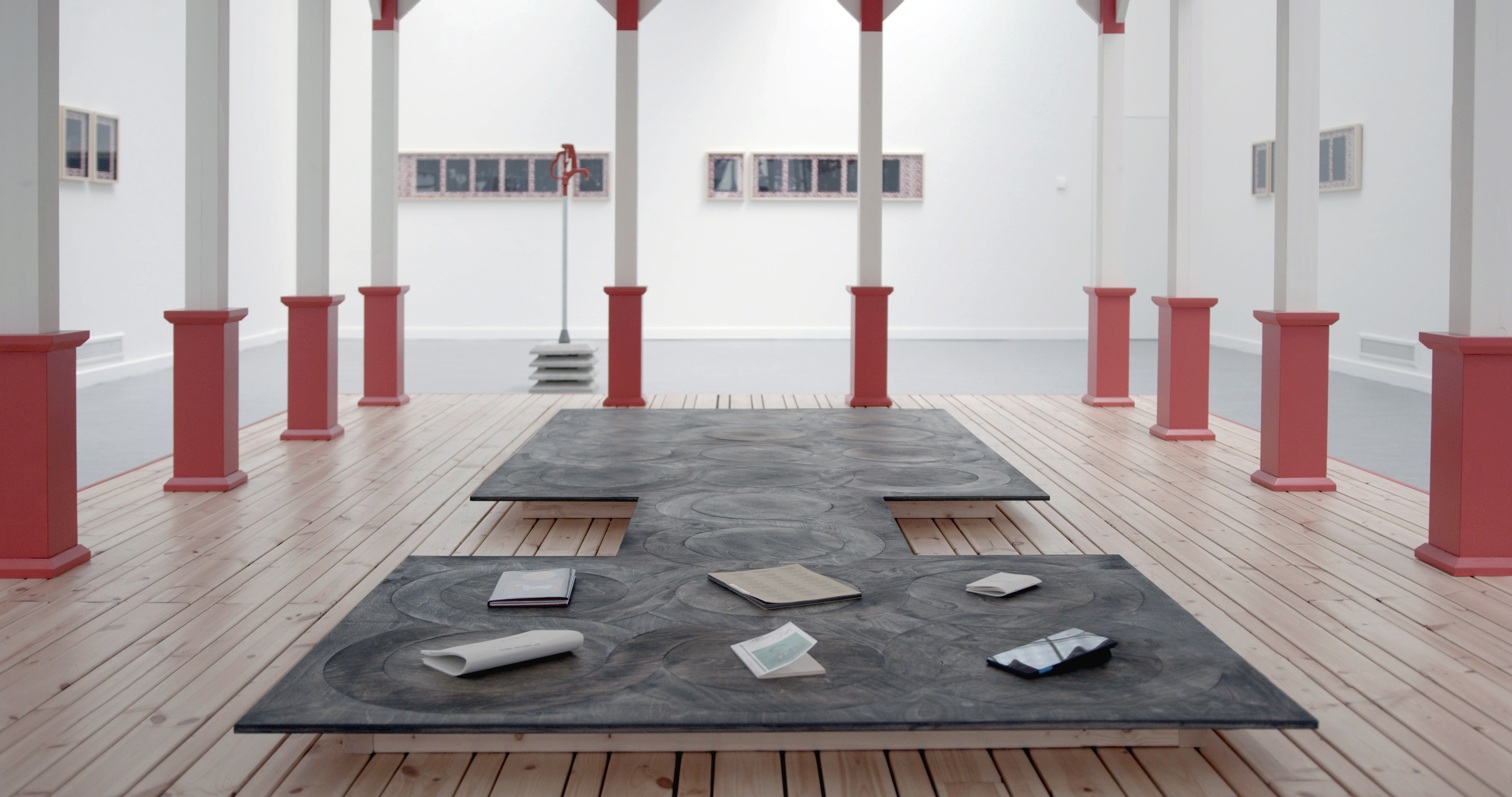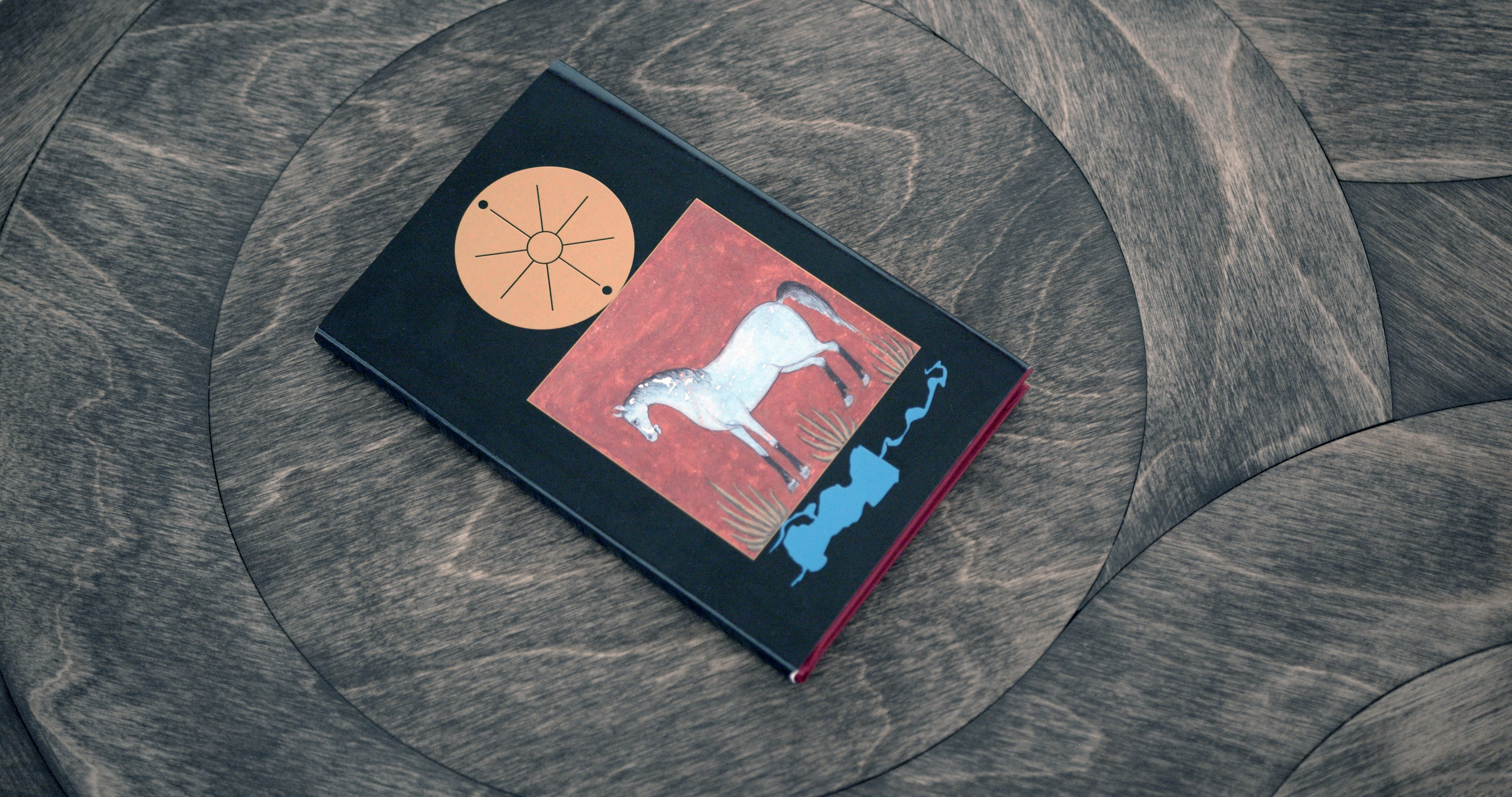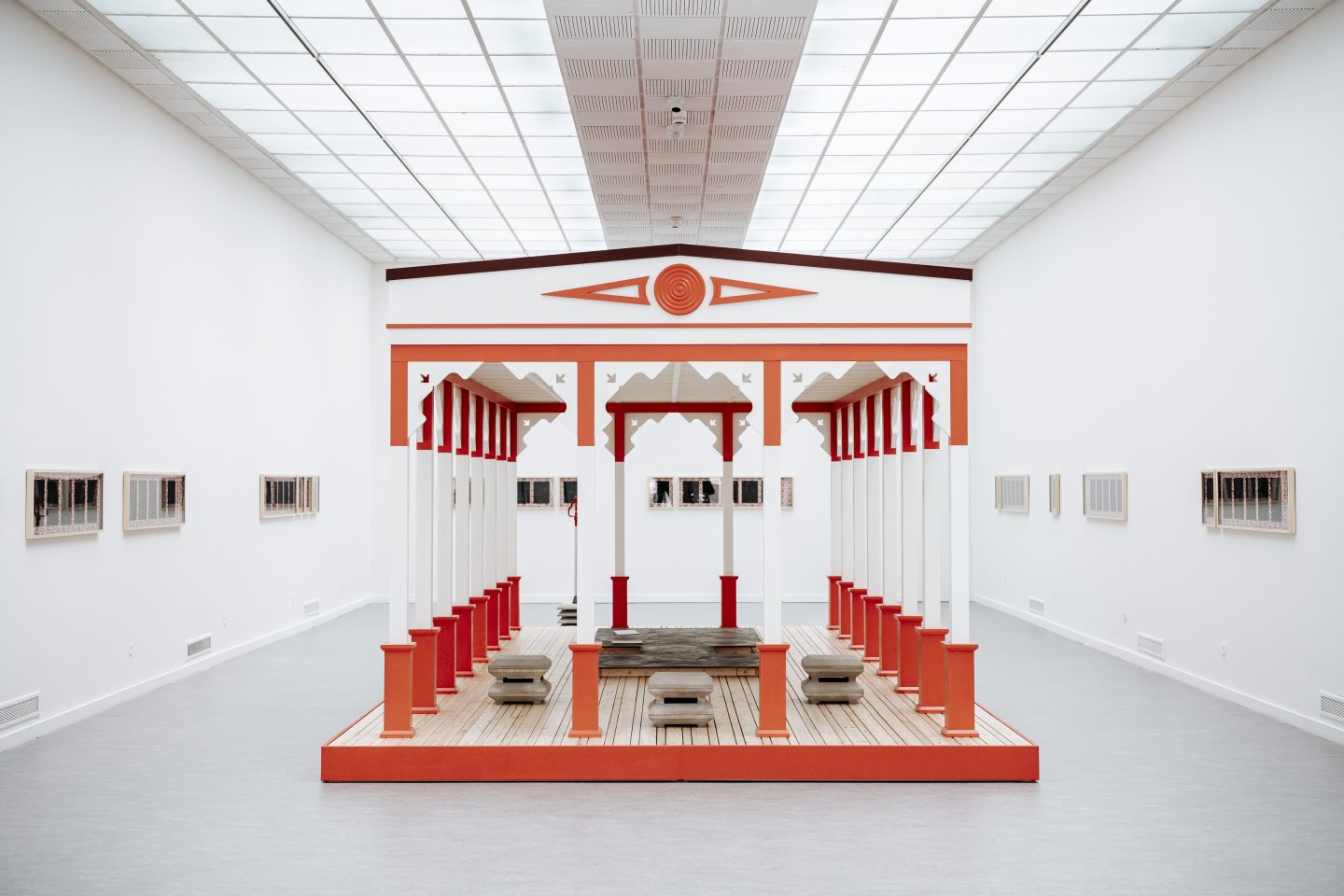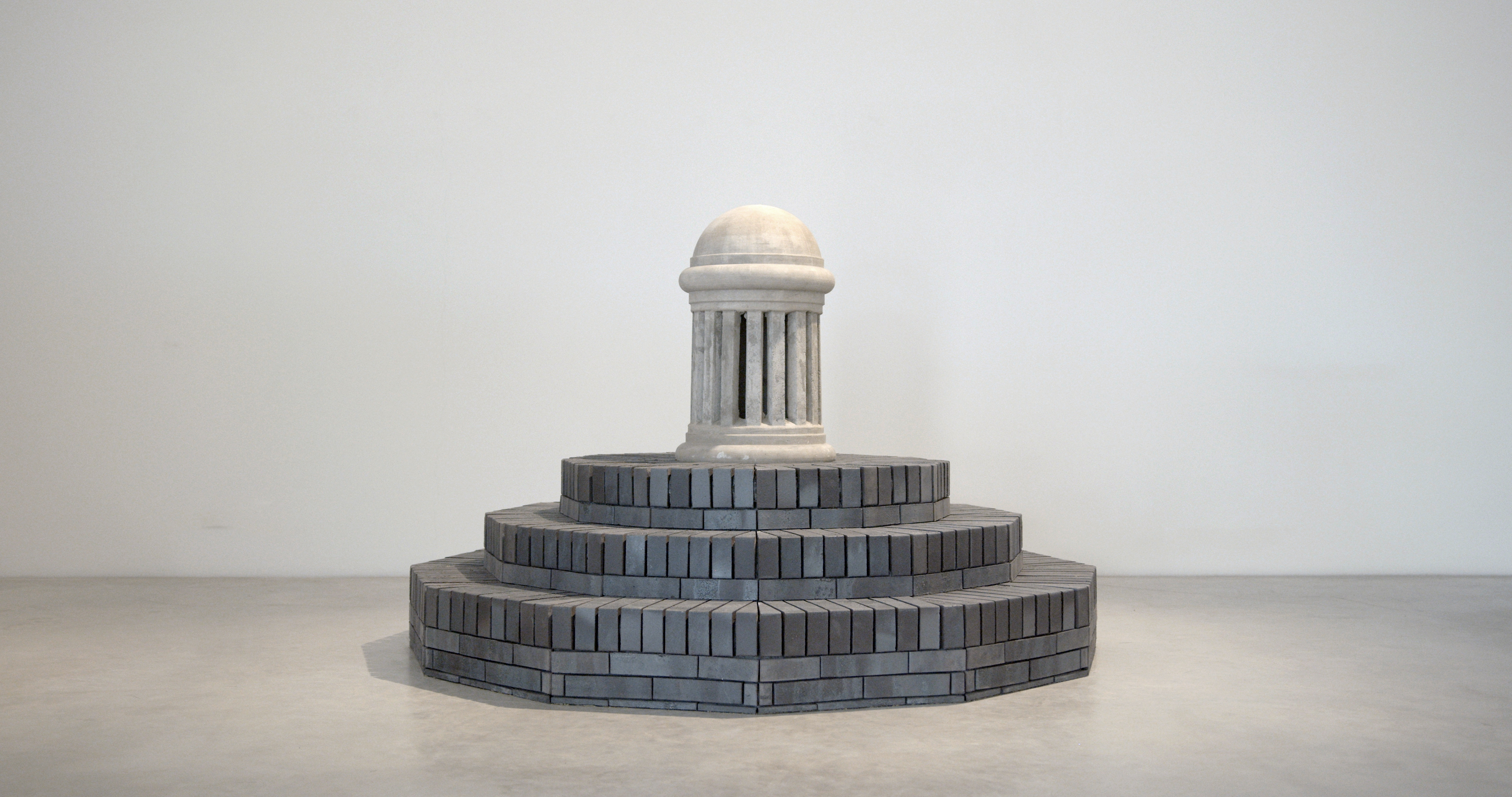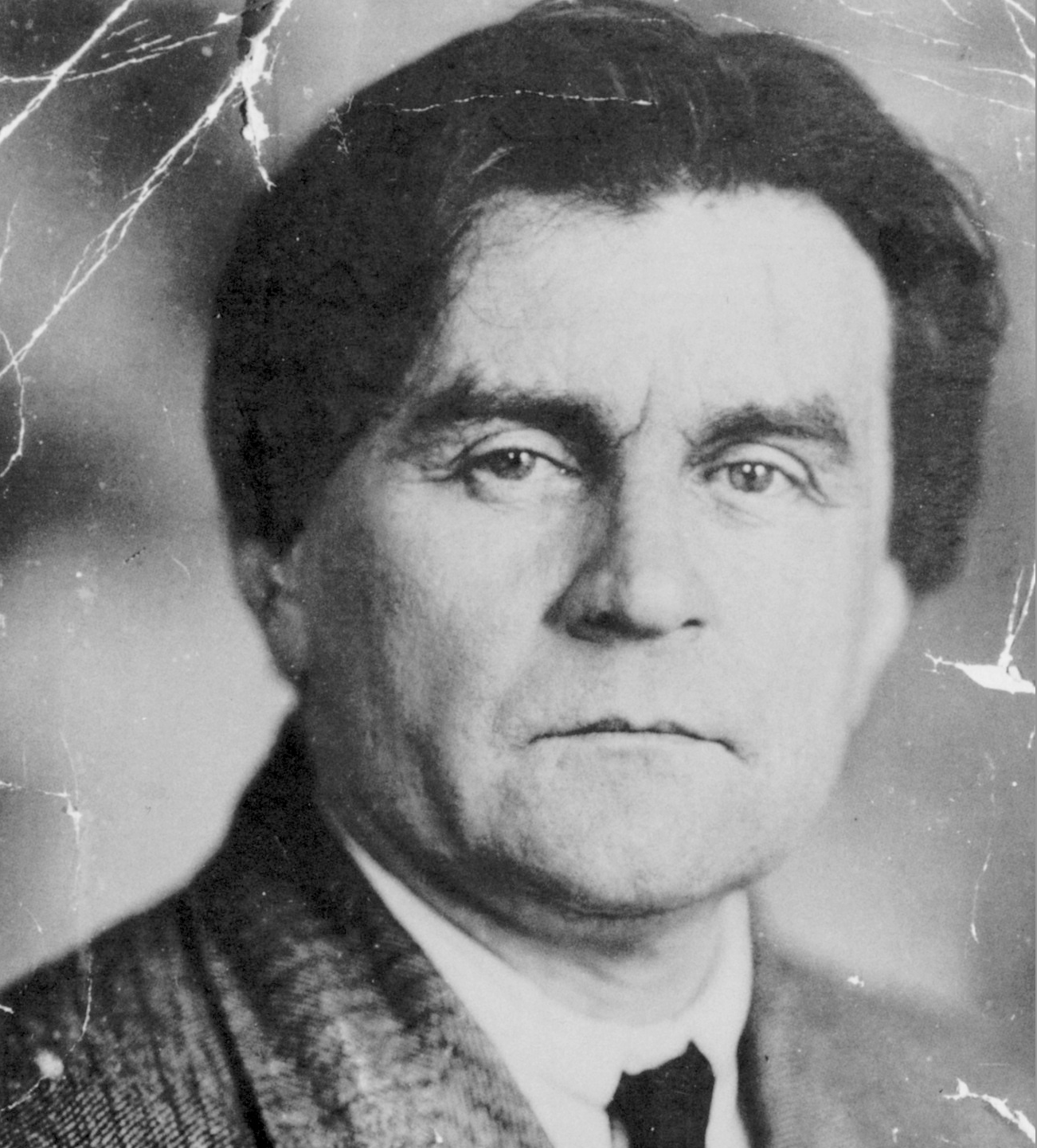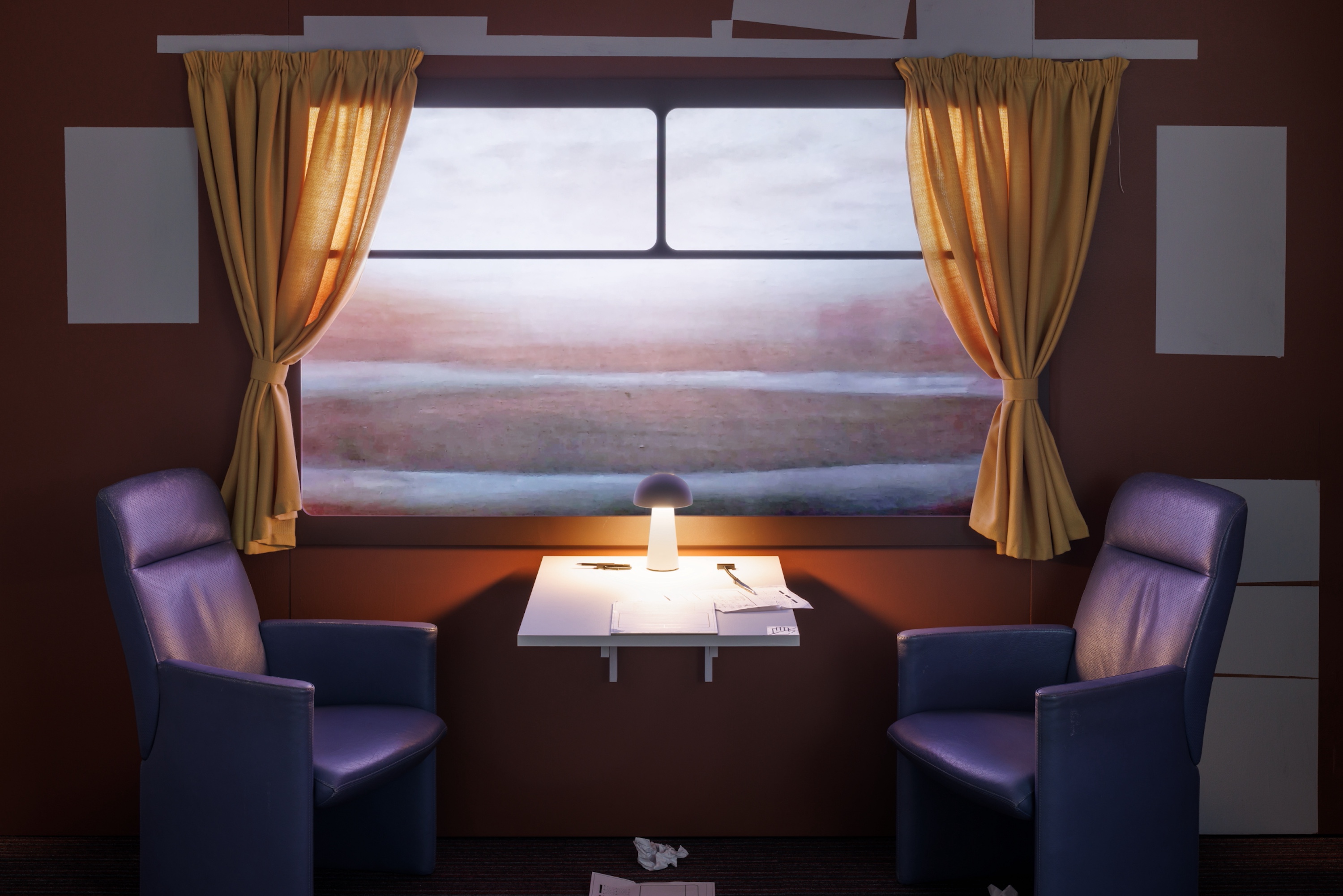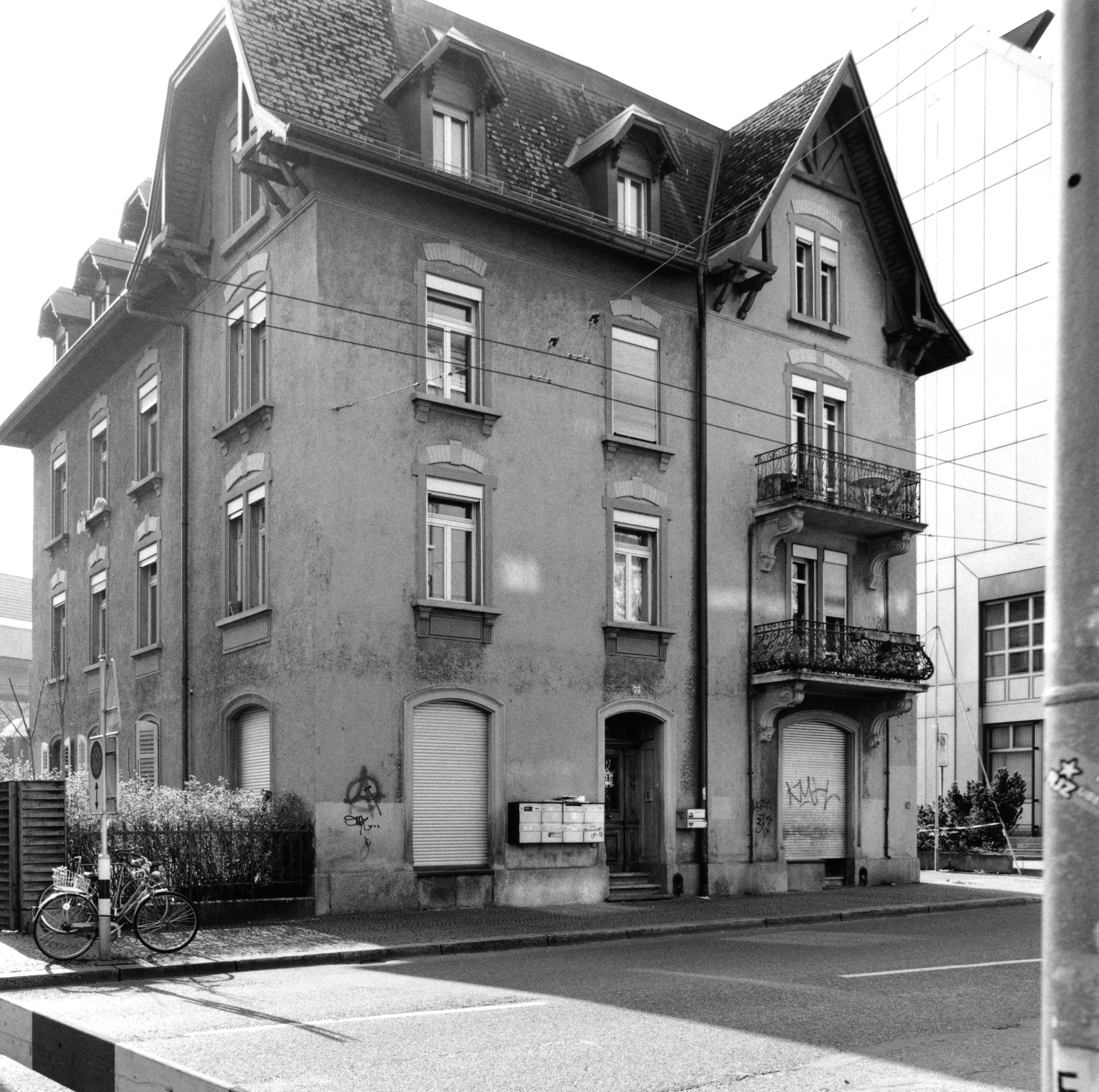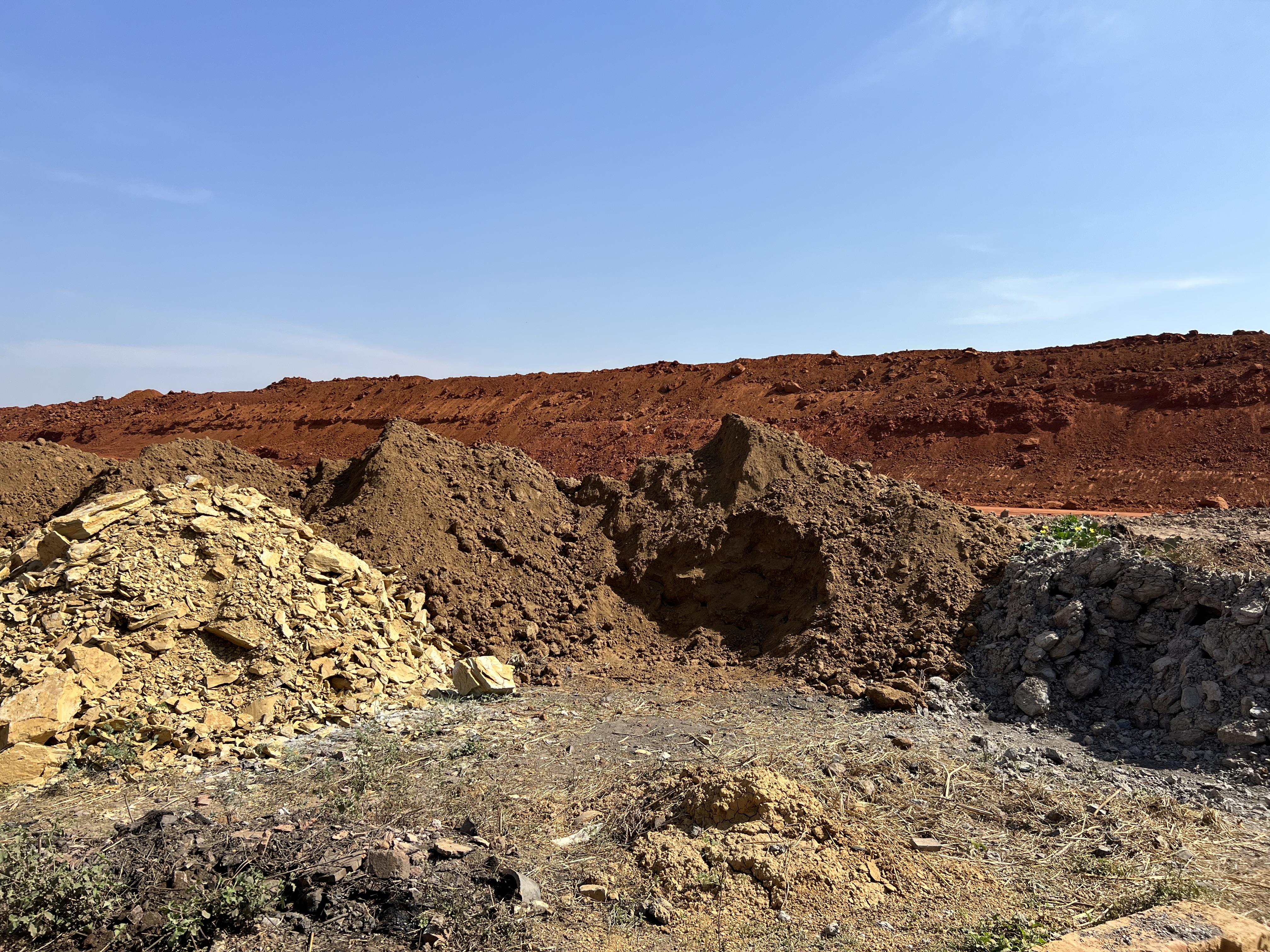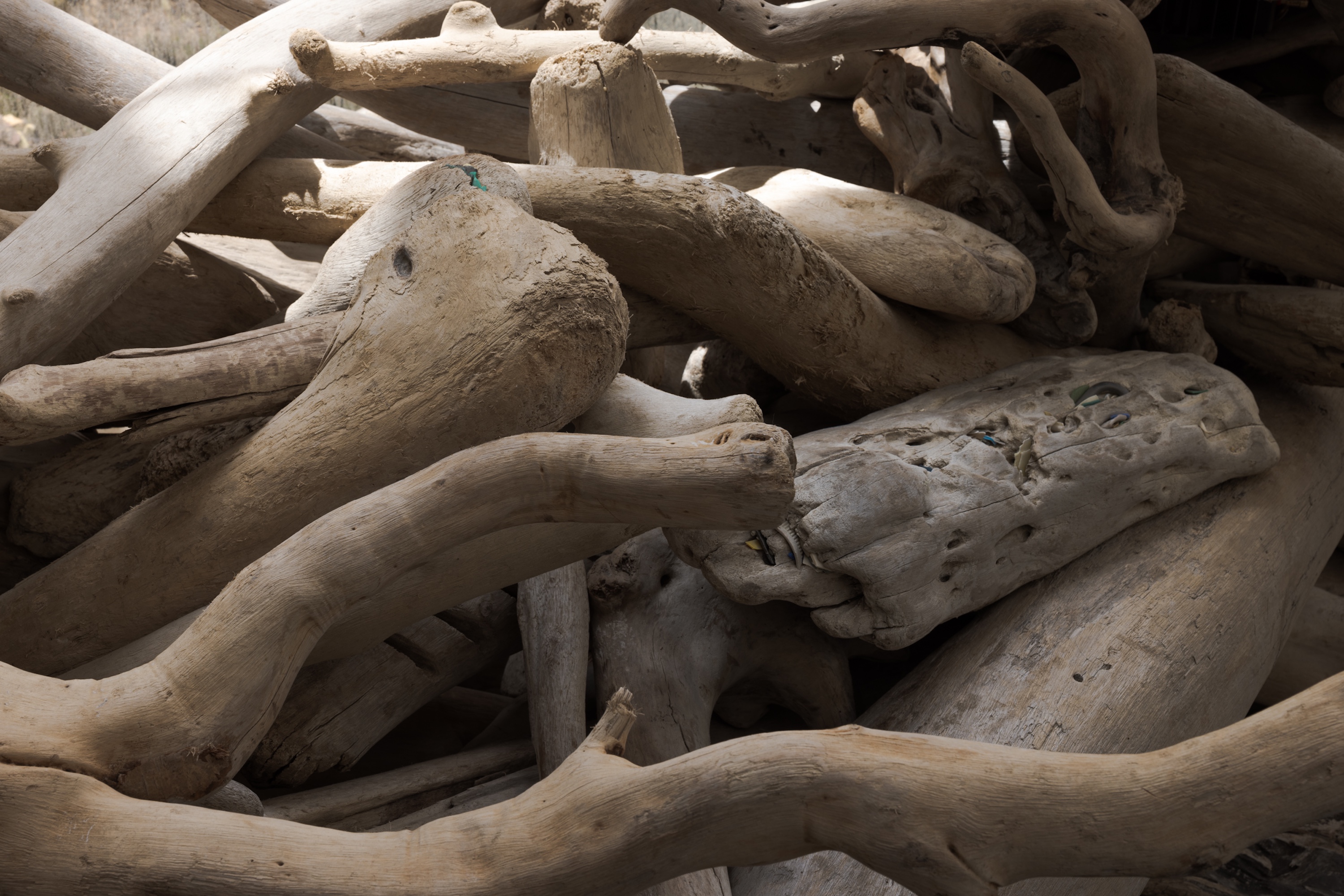June 12–August 22, 2021
The slippery narratives in “If Need Be” by Pejvak, an artist collective formed of Felix Kalmenson and Rouzbeh Akhbari, blend fact and fiction. Working as intermediaries, Pejvak channel a larger collective—of artists, writers, authors, playwrights, composers, miniaturists, calligraphers, and translators both imaginary and real, dead and alive—with whom they appear to collaborate across the centuries. Their work fills historical gaps with selective, hyper-surreal auto-fictions, forging new myths from overlapping narrative elements that hint at the bio-political agency of water, residue, plant life, and people.
In the entrance to the first exhibition hall is Cold-Chain Logistics (2021), a cold, sweating pipe that runs around the perimeter of a small bridge leading to a half-closed roll-up door reminiscent of those on water-delivery trucks. Step into the rectangular metal loop, and you are enveloped by the smell of copper and iron. The scent, diffused by the evaporating water on the surface of the pipe, conjures associations with blood, the earth, and the cosmos. Metal alloys have also been the subject of much local conflict in areas of Soviet industrialization and resource extraction. Cold-Chain Logistics thus establishes the tone of an exhibition that connects multiple landscapes, photographs, and sites of interest throughout eastern Eurasia and the Middle East.
Inside the exhibition, a dizzying constellation of objects, images, and publications touching on water infrastructures, metaphorical belief systems, and botany put fiction to the test as an ahistorical apparatus of meaning. The inner workings of the CIA, instances of political theatre, and propaganda textiles developed by Soviet forces, are revealed throughout the second hall. Works-in-Progress (2021), a set of archival photographs, catalogues water infrastructure projects as part of the expansion of cotton plantations in and around the Ferghana Valley in Central Asia from the 1930s to the ’50s. These works are framed by a Russian cotton lining used in traditional silk robes from the valley. Invocation (An Incitement to Ruin) (2021) comprises two structures referencing ab anbars, large water reservoirs built in Iranian antiquity: climbing up one and gazing inside, you see a dead pigeon—a recurring symbol within the exhibition that symbolizes an intercepted message. The sound installation Memories of the Dry House (2021) references Shahr-e Sukhteh, or the Burnt City, once a thriving industrial center in Iran that is believed to have been abandoned due to prolonged drought caused by the construction of dams. The story of the Burnt City appears here as dialogue narrated between two people a thousand years apart using a vocal technique called tahrir (melisma) inspired by nightingales’ calls: another instance where the artists perform a supernatural feat of association between birds, plants, buildings, and ceremonies.
“If Need Be” guides the viewer through a thoughtful web of transhistorical encounters that, taken as a whole, articulate a complex network of regional powers: natural and man-made constructs anchored in connections to soil, and the conflicting epistemologies of interlocking borders. The final hall features In the Name of Contemplation (2021), a large facsimile of a tea room in a Stalin-era collective farm in Tajikistan. Around it, two distinct apparitions appear: Russian painter and mystic Nicholas Roerich (Tournament of Shadows, 2021) and the Iranian poet and communist revolutionary Abulqasim Lahuti (‘Descriptions of My Life’: CIA version, 1953, 2021). By juxtaposing carefully orchestrated images of plants collected during Roerich’s ill-fated, American-funded quest for drought-resistant flora in Mongolia, and producing both Lahuti’s self-authored biography and the version altered by the CIA in 1953, Pejvak close the metaphorical loop of corruption and colonization in this contested region. By transgressing language, borders, and western-historical ontology, “If Need Be” works towards a shared resonance of space.
